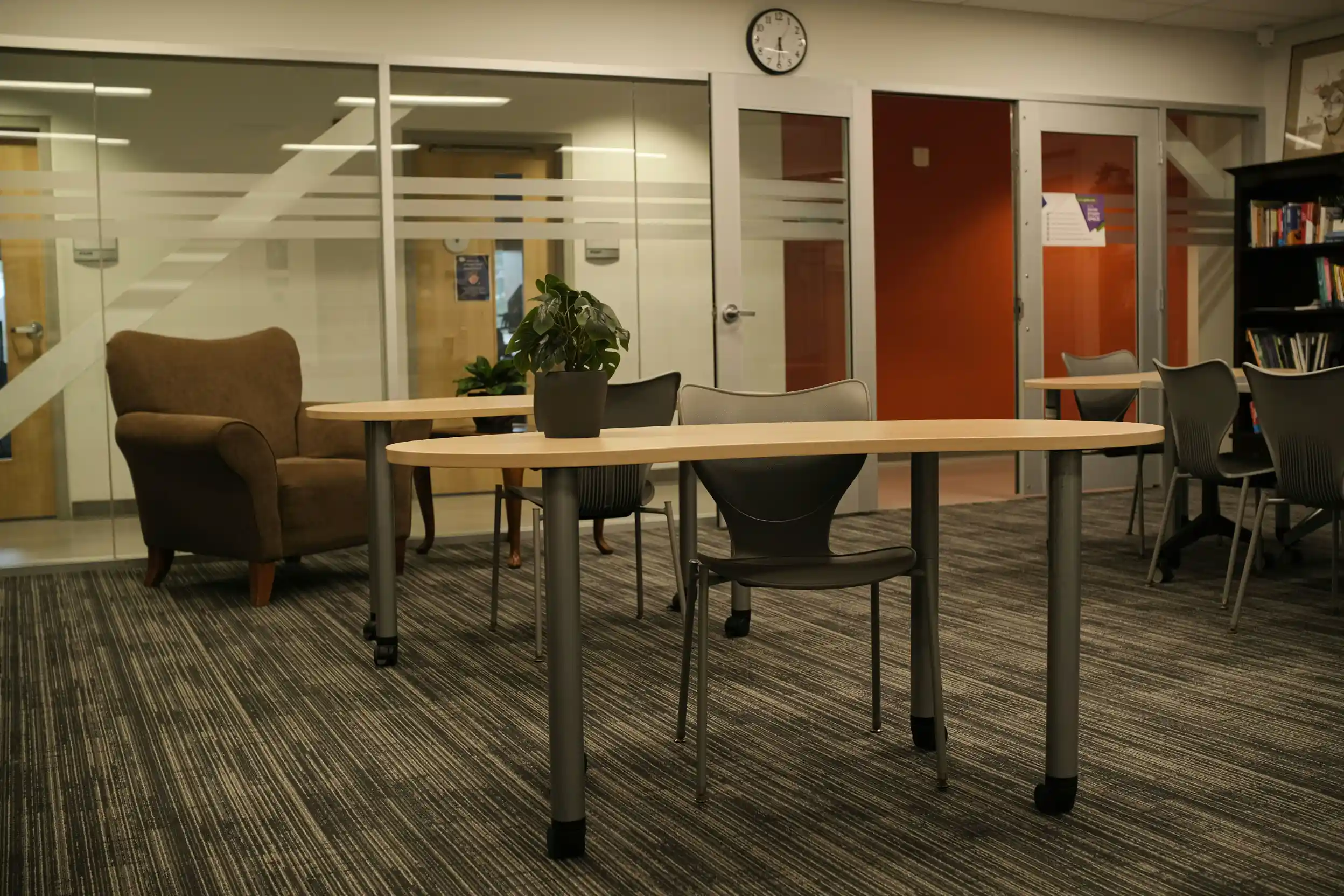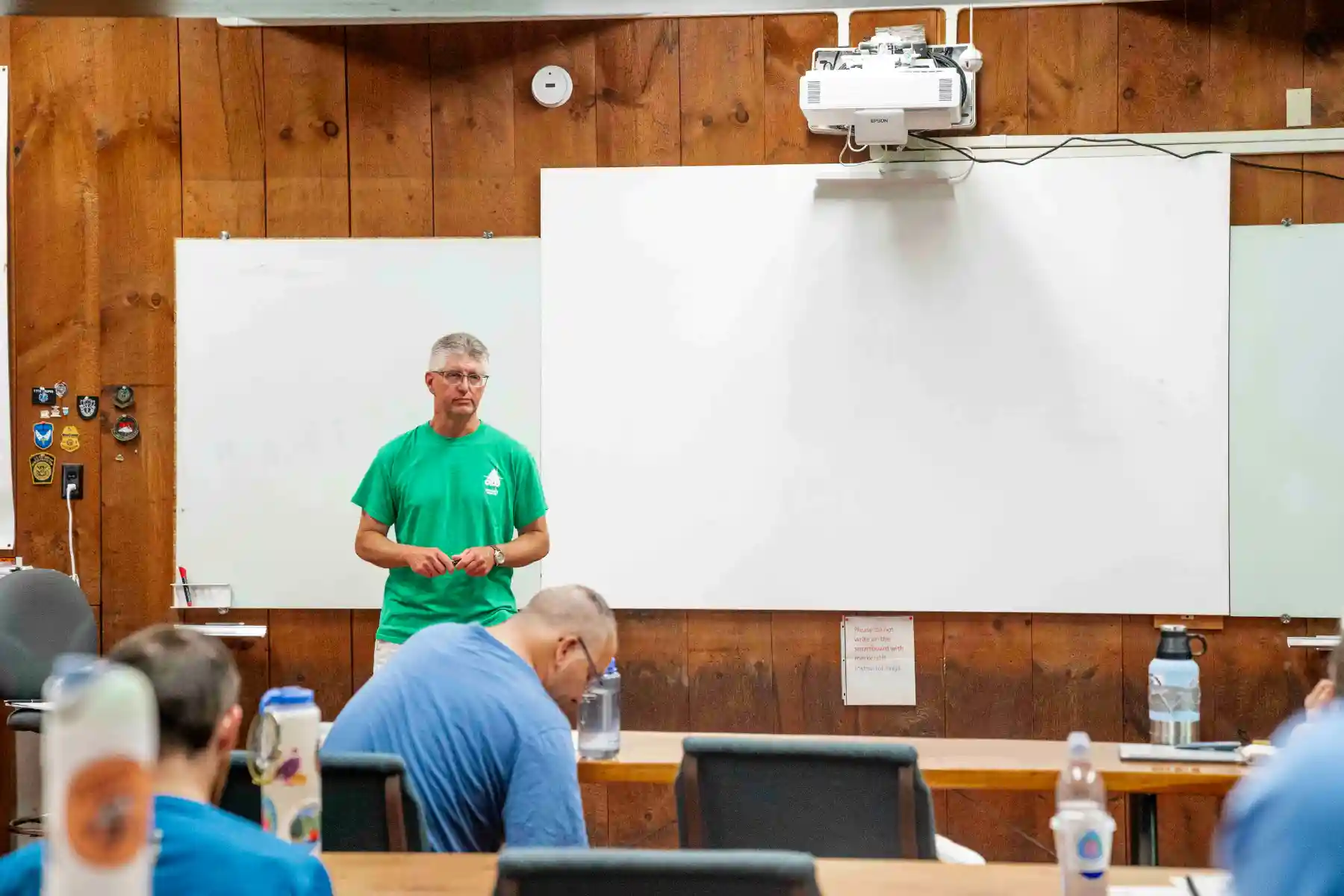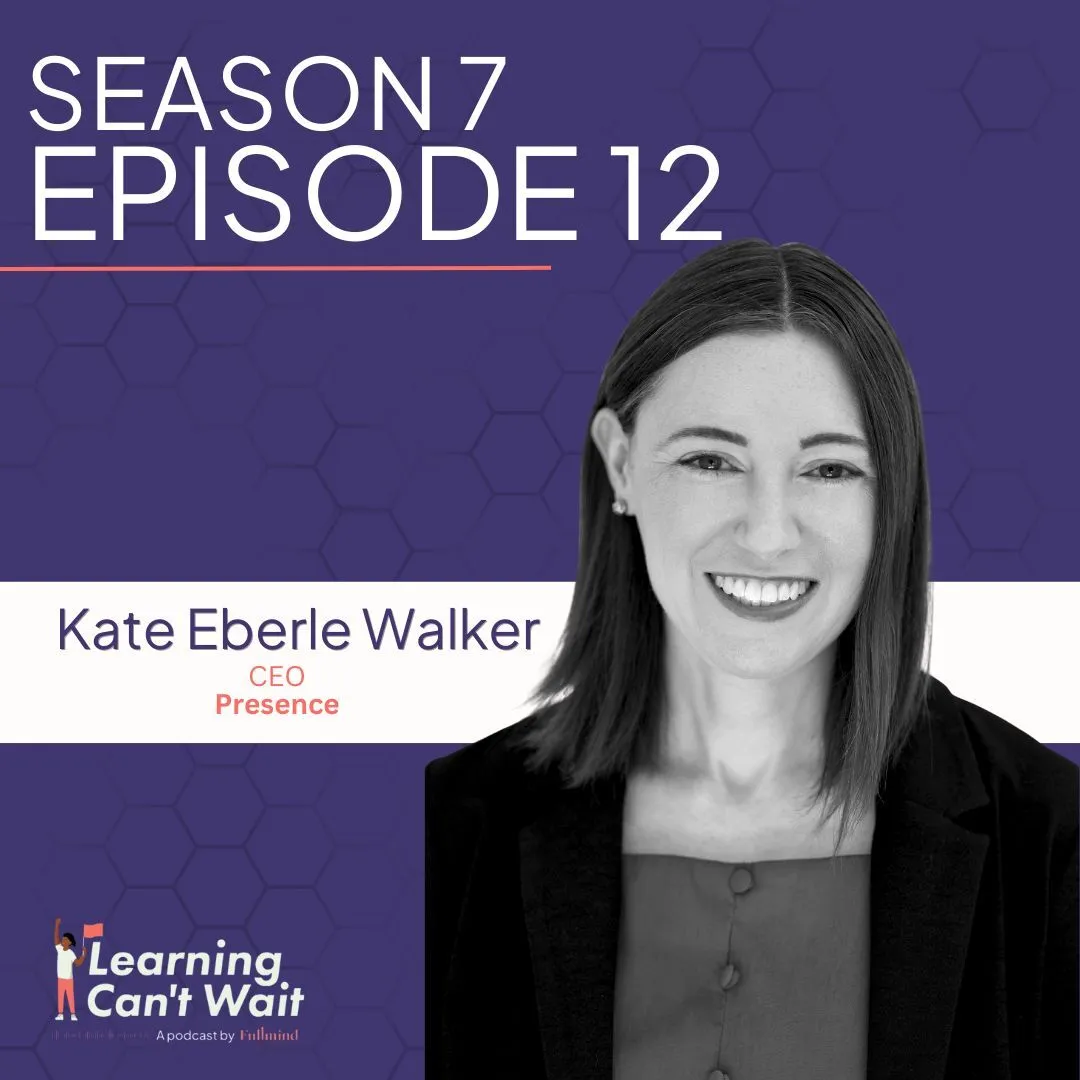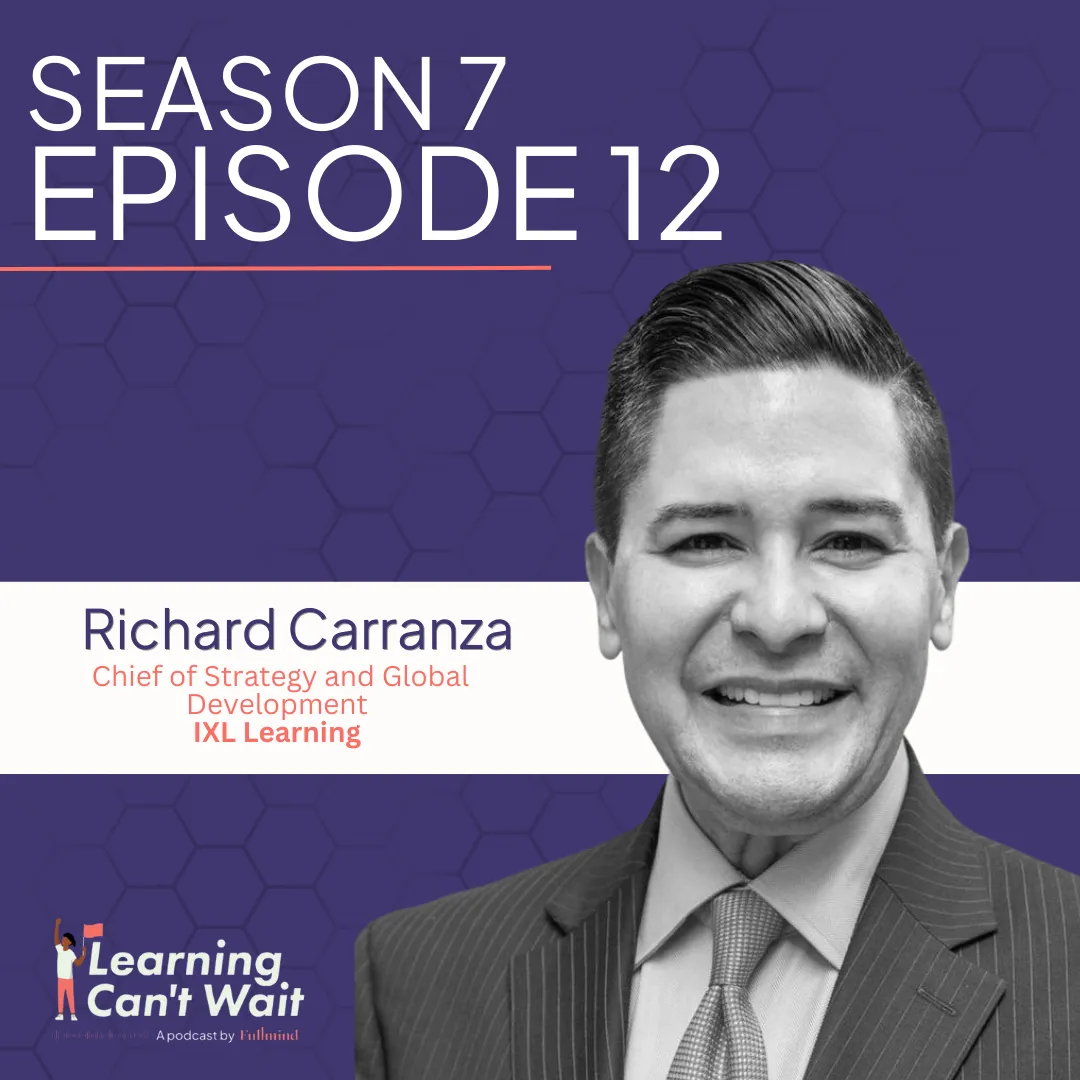For Education Leaders
Get proven strategies and expert analysis from the host of the Learning Can't Wait podcast, delivered straight to your inbox.
Virtual Resource Rooms
Compliant IEP Support Without Staffing Headaches
- Certified SPED teachers for every goal
- Seamless schedule integration & progress dashboards
- Real-time data for reviews & compliance
Online Speech Therapy for Schools: Virtual Services

Online speech therapy for schools is an effective solution to these challenges. Virtual therapy is a modern, first-line approach that connects students with certified SLPs via live video conferencing, far from being a temporary fix. This model maintains the personal connection essential for effective therapy while eliminating geographical barriers and staffing constraints.
This guide will walk you through implementing online speech therapy in your school or district. It will define school-based teletherapy, explore its benefits, examine its practical application, address compliance considerations, and offer guidance on choosing the right teletherapy partner.
What is Online Speech Therapy in a School Setting?
Online speech therapy for schools, or telespeech/telepractice, is the synchronous (live) delivery of speech and language services by a certified virtual SLP to a student or group via a secure video platform. This model allows for direct assessment, intervention, and monitoring of student progress, which are all essential components of traditional in-person therapy, while leveraging technology to overcome distance and staffing limitations.
Distinguish this approach from asynchronous learning apps or pre-recorded videos accessed independently. The core of effective speech therapy, which is the relationship and real-time feedback between a licensed clinician and a student, remains central. The difference is the interaction occurs through a screen rather than face-to-face.
Key players in the online speech therapy model include the remote SLP conducting sessions from their workspace; the student(s) participating from a school area; and an on-site "e-helper" (typically a paraprofessional, aide, or teacher) who assists with technology setup, manages classroom dynamics during group sessions, and provides hands-on support.
Why More Districts are Embracing Virtual Speech Services
The shift to virtual speech services responds to persistent challenges in education rather than following a technology trend.
- The Critical SLP Shortage: According to the American Speech-Language-Hearing Association (ASHA), about 54% of school districts report difficulty filling SLP positions, especially in rural and underserved urban areas. This shortage means many students receive inadequate services or face delays in starting therapy. Virtual speech therapy for schools addresses this issue by removing geographical limitations from hiring.
- Budgetary Pressures and Cost-Effectiveness: Traditional SLP contracts often include costs beyond the base salary, such as benefits, travel time compensation, physical resources, and specialized materials. Virtual providers offer more efficient pricing models that can save districts money without sacrificing service quality, allowing funds to be redirected to other educational needs.
- Meeting Diverse and Specialized Needs: A virtual model provides access to a wider talent pool than available locally. This allows districts to find SLPs with expertise that matches their student needs, such as bilingual services, autism experience, or fluency specialization. This specialization improves outcomes for students with complex communication challenges.
- Ensuring Service Consistency: Staff turnover, medical leave, and unfilled positions can disrupt service delivery and impact student progress. A partnership with a virtual provider offers consistent, uninterrupted services through qualified professionals, ensuring students never miss their mandated therapy sessions. This continuity is essential for maintaining IEP goal progress.
How Virtual Speech Therapy Works
The technology requirements for school-based teletherapy are straightforward. Students need access to:
- A computer or tablet with a webcam
- A reliable internet connection
- Headphones with a microphone (important in shared spaces)
Provider platforms are user-friendly and secure, requiring minimal technical expertise from school staff or students. Most systems work directly through web browsers, eliminating the need for complex software installations or frequent updates.
The Virtual Therapy Room
An online speech therapy session resembles its in-person counterpart in content and structure, but it leverages digital tools for engagement. The virtual environment includes interactive elements:
- Digital whiteboards for visual support and writing activities
- Screen sharing for educational games and activities
- Virtual flashcards and stimuli for articulation practice
- Interactive, gamified tools that maintain student focus and motivation
These digital resources engage today's tech-savvy students, who show increased participation compared to traditional therapy.
Scheduling and Caseload Management
Scheduling coordination occurs between the virtual SLP and the school's bell schedule to ensure sessions occur during appropriate times that minimize disruption to the student's academic day. The flexibility of virtual delivery allows providers to efficiently manage caseloads, providing a powerful SLP staffing solution for schools.
This flexibility manifests in several ways:
- Supplementing on-site staff during peak demand periods
- Covering specialized needs that on-site staff may not handle.
- Managing caseloads for schools without an SLP on staff
- Providing services during extended school year programs when regular staff are unavailable
Collaboration is Key
Effective IEP speech therapy services never happen in isolation, whether delivered virtually or in person. The virtual SLP becomes an integral part of the student's educational team through:
Regular communication with teachers to align therapy goals with curriculum.
- Attend IEP meetings via video conference
- Sharing progress reports and strategies with parents
- Consultation with special education coordinators to ensure compliance with mandates
This collaborative approach ensures that speech therapy objectives are reinforced throughout the student's education, maximizing skill carryover and generalization.
What a Quality Provider Brings to Your School
Implementing online speech therapy isn't just outsourcing a service. It's forming a strategic partnership that enhances your school's capabilities and extends your reach.
- Guaranteed Access to Certified Clinicians: Reputable virtual therapy providers employ state-licensed and ASHA-certified virtual SLPs. This eliminates the school's burden of recruitment, credentialing, and vetting while ensuring students receive services from highly qualified professionals. The provider handles all aspects of licensure maintenance, continuing education, and professional development for their clinicians.
- Ironclad Compliance and Documentation: Professional providers excel in maintaining the documentation required to fulfill IEP and 504 plan requirements. Their systems track session notes, progress data, attendance, and goal achievement, helping schools stay audit-proof and compliant with state and federal mandates. Many providers also offer expertise in Medicaid billing documentation, increasing reimbursement rates for eligible services.
- Flexible and Scalable Service Models: Online speech therapy can scale based on your student population's changing needs. This flexibility is invaluable for addressing fluctuations in enrollment, unexpected staff departures, or evolving student needs. Whether you need coverage for a single maternity leave or comprehensive virtual staffing solutions for an entire district, a quality provider can adjust their services.
- Support for Diverse Learning Environments: Virtual delivery flexibility extends to various educational settings. Students can access therapy sessions whether they're in the school building, participating in a hybrid model, or needing homebound instruction due to medical needs. This ensures all students receive their mandated services regardless of location or circumstances.
Successful Implementation of Virtual Speech Therapy
While online speech therapy offers advantages, successful implementation requires addressing common concerns for a smooth transition.
When implementing technology-based services involving students, privacy and security rank high among administrator concerns. Professional teletherapy platforms address these concerns by building robust compliance measures into their systems. These platforms meet the stringent requirements of the Family Educational Rights and Privacy Act (FERPA) and the Health Insurance Portability and Accountability Act (HIPAA), employing end-to-end encryption, secure data storage, and restricted access protocols. These security measures are non-negotiable features of reputable teletherapy providers and should be documented in service agreements.
Another common question concerns developing rapport and student engagement in a virtual environment. Can screen-based interaction replicate the personal connection of in-person therapy? Experience shows skilled teletherapists excel at building strong connections with students through thoughtfully designed sessions. They leverage dynamic, game-based activities and high-interest digital materials that engage today's digitally native students. Many reluctant participants in traditional therapy show increased motivation and participation in the virtual environment, viewing sessions as enjoyable interactions rather than clinical interventions.
Technology access and equity represent another hurdle in implementing online therapy services. The "digital divide" persists in many communities, with varying technology access across student populations. Successful implementation requires collaboration between schools and providers to ensure all students can access their services. Solutions include utilizing existing school computer labs, leveraging 1:1 device programs, or establishing dedicated teletherapy stations within the school. The on-site facilitator is crucial in ensuring technology barriers don't interfere with service delivery, providing hands-on assistance with setup and troubleshooting.
Choosing the Right Online Speech Therapy Partner
Now that the benefits and logistics of online speech therapy are clear, the next step is selecting the right partner for your school or district. This decision will impact the quality of services for your students and the implementation process. The following framework provides key evaluation criteria for a successful, long-term partnership.
Checklist for Evaluating Providers:
- Clinician Quality and Credentials: Does the provider guarantee state-licensed and ASHA-certified SLPs? Inquire about their hiring standards, vetting process, and ongoing professional development requirements. Quality providers will be transparent about their clinician qualifications and share information about their hiring and training processes.
- Tailored Solutions: Assess whether the provider works with your existing curriculum and goals. The best partners adapt their therapy approach to align with your specific IEP requirements rather than forcing a standardized approach. Ask for examples of how they have customized their services for similar districts.
- Technology and Platform: Evaluate the security, reliability, and user-friendliness of the platform. Request a demonstration to experience the interface firsthand. Ensure they provide comprehensive technical support for initial setup and ongoing operations. The platform should be intuitive for students and staff to navigate with minimal training.
- A True Partnership Model: Investigate their support structure. Do they assign a dedicated account manager to your district? How do they facilitate collaboration between their virtual SLPs and your on-site staff? Effective providers position themselves as an extension of your team rather than an external service.
- Transparent Reporting and Data: Review their progress tracking and reporting capabilities. How frequently will you receive updates on student progress toward IEP goals? What metrics measure effectiveness? The best partners provide clear, actionable data to demonstrate compliance and student growth.
Looking for a perfect partner?
Fullmind provides live, certified virtual SLPs who deliver customized learning solutions tailored to your district's needs. We specialize in fulfilling IEPs, supporting hard-to-fill roles, and becoming a seamless extension of your special education team.
Conclusion
Online speech therapy for schools has evolved from an alternative approach into a mainstream, effective strategy for modern education. The combination of certified professionals, engaging digital tools, and flexible delivery models creates a solution to the challenges of SLP shortages, budget constraints, and service consistency.
The future of speech therapy in schools isn't about technology replacing human connection. It's about technology connecting students with experts to develop communication skills. By embracing virtual therapy, schools can ensure every child has access to high-quality services, regardless of geography or local staffing challenges. This democratization of access represents the true promise of technology in special education: not as a replacement for professionals, but as a means of extending their reach to every student.
For Education Leaders
Get proven strategies and expert analysis from the host of the Learning Can't Wait podcast, delivered straight to your inbox.
Let’s Work Together
We’ll review your application and get in touch!




.webp)












.webp)



























.webp)



%20.webp)





































.webp)




.webp)


.webp)


.webp)
